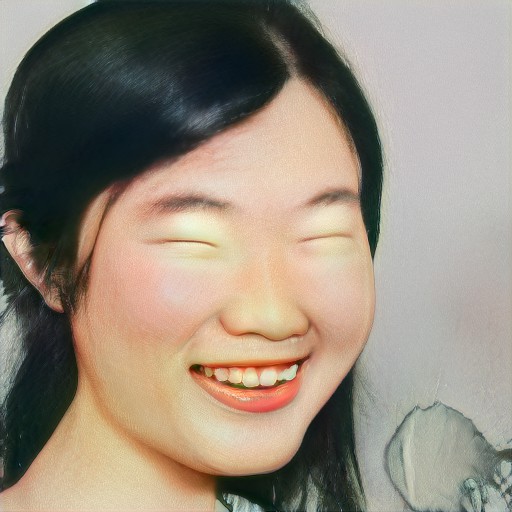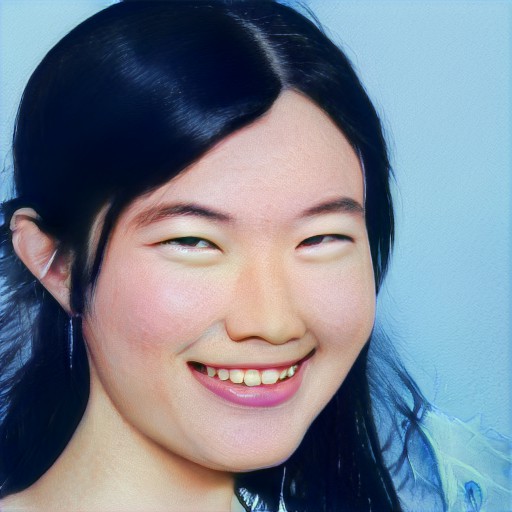









thoughts
︎
We start with a simulated face, each feature placed by an algorithm and tweaked to build the subject of the portrait.
Ethnicity, smile, gaze, hair color, all are manipulated and constructed in order to build a face that could pass as real. Each of the faces above is generated from the same original face.
I choose “the girl” and begin to draw a portrait of it.
In analyzing this photo I begin to revert to calling it her, seeking a definition of what I’m looking at. At first I figure it is a girl, but it is not a girl - it lacks a body and a being.
Likewise it lacks gender but rather is an accumulation of the appearance of gendered individuals - just as it lacks age, emotion or an upbringing.
Furthermore it merely has the appearance of life. It lacks a name.
The gaze is striking, she is looking directly at the viewer and is therefore in a confrontation with the audience.
The smile is one of recognition and the look is warm, almost inviting. In reality the gaze is as true as that of a rock.
The assumption we can make from this is portraiture is not about capturing the spirit, humanity, nor impression of a model (or perhaps it is not necessary the model have these, but only feign the appearance of it).
One can likewise argue the act of creating a portrait itself imbues the face with some semblance of life. We can likewise assume this act of portraiture has a freedom of its own.
Rigidity and softness, warmth and friendliness, personality or youth, all these impressions are self evident, and are further disconnected from the state of the model nor intention of the artist.
In the moment of recognition, between both the appearance of the simulated image and hand drawn portrait, we have implied a step towards the recognition of “a new person” relative to ourselves.
Recognition is no longer bounded by body, context or history, but by visual similarity.
---